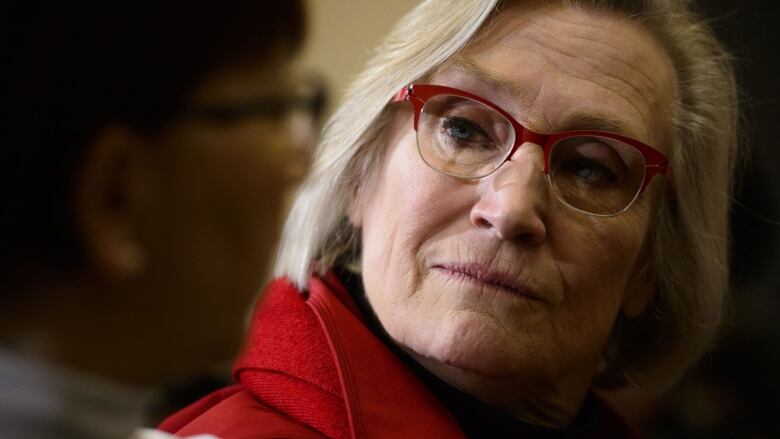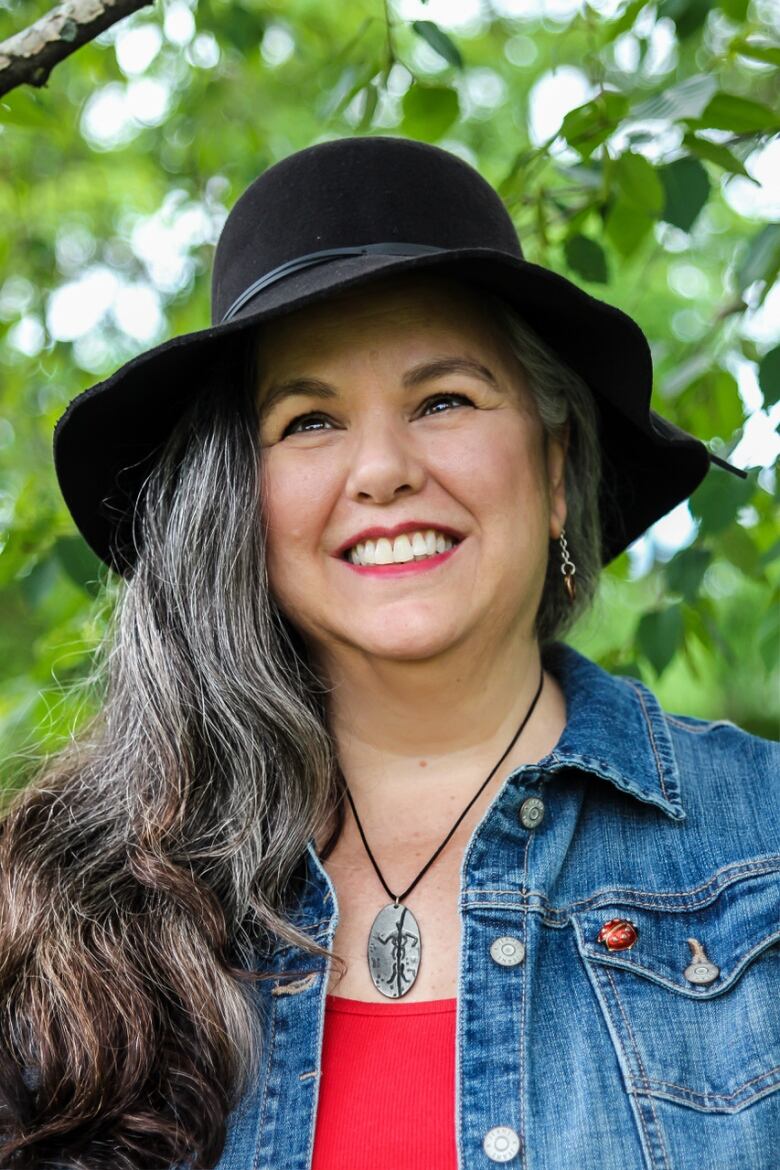Delayed Bill S-3 amendments will be in force before election, says minister's office
Report inMay recommendedthe government issue an Order in Council to bring them into force by June

Delayedamendments to eliminate residual sex-based discrimination within the Indian Act will be implemented before the next election, according the department of Crown-Indigenous Relations and Northern Affairs Canada.
Bill S-3 received Royal Assent over a year ago. However, some of its provisions aimed at eliminating all remaining sex-based discrimination prior to the creation of the modern Indian registry in 1951 weredelayed coming intoforce to allow for aconsultation process.
The office of Crown-Indigenous Relations Minister Carolyn Bennett said work isunderway to bring the remaining provisionsinto force within thecurrent mandate.
"Gender equality is a fundamental human right and Bill S-3 eliminates sex-based discrimination from the Indian Act. Provisions dating back to 1951 are already in force and those related to inequities prior to 1951 were delayed to allow for consultations on an implementation plan," said a statement issued by the office.
"With the Ministerial Special Representative's consultations concluded and her report tabled, we now know what our partners need in a successful implementation plan."
A total of 14,108 people participated in the consultations at a number of regional events, two expert panels, and community sessions held across the country between November 2018 and March 2019.
The report, filed inMay, recommendedthe government issue an Order in Council by June to remove thepractice of linking registration reform to the date of 1951 (commonly known as the '51 cut-off), and providing 6(1) status to all descendants of women who lost status due to sex discrimination in the act.
Categories of status
Prior to 1985, Indian status was passed down almost exclusively through men. That year, it changed to a system of counting status grandparents and everyone who had status or was entitled to status before the new rule was categorized under section 6(1). Women who had lost status as a result of marriage and got it back were categorized under 6(1)(c), and some of their descendants are categorized as 6(2).
The difference can affect whether the children, grandchildren or even great-grandchildren of Indigenous women who lost status are eligible for status.

"The sentiment to make things 'right' for Indian women who had, and continue to be discriminated against was observed throughout the collaborative process," wrote Ministerial Special Representative Claudette Dumont-Smith in her report.
Lynn Gehl, who fought a decades-long legal battle for Indian status,launched a 16-week campaign in March called "6(1)(a) all the way" in response to the consultation process, calling on the government to implement the clauses before cabinet breaks for the summer at the end of June.
"The real important truth is a human right is a human right, you do not consult when it comes to human rights," she said.
"Some people tell me that in 100 years a future prime minister will apologize to Indigenous people for the sex discrimination that disrupted their communities. This is not good enough. We want Indian rights for Indian women now."
Concerns about resources, land, control of membership
While Dumont-Smith's report states there was general support for the removal of the cut-off, First Nations consulted alsohighlighted concerns about accommodating additional people registered,due to limited resources like land and the need for morefunding for delivery of programs and services.
The report also highlighted thefrustration with the federal government having control over registration.
"The government took away the responsibility from First Nations in deciding who would be an Indian and who would not be an Indian," wrote Dumont-Smith.
"First Nations view this as their responsibility."
It's something the Mohawk Council of Kahnawake has been adamant about, even when it came to the consultations on the collaborative process. It chose not to participate and delivered its own declaration against S-3 amendments to Dumont-Smith on June 4.

"We just want to ensure that we're in control," said Kahsennenhawe Sky-Deer, a council chief at the Mohawk Council.
"We know that there's sex discrimination in the Indian Act butthat's not our problem. That's Canada's liability that they created by their sexist applications in the Indian Act. All we're asking is our right to decide who our people are."












_(720p).jpg)


 OFFICIAL HD MUSIC VIDEO.jpg)
.jpg)



























































































